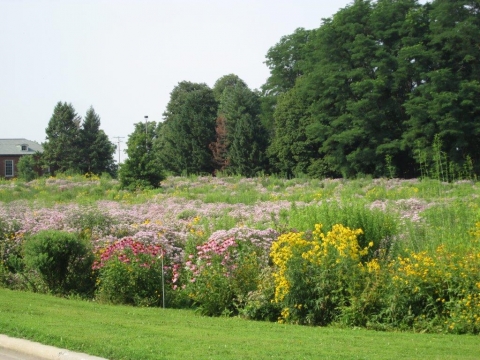https://youtu.be/dcetof6KSXs is a link to a video interview a student did as a class project. It features the planting project and mentions S
You are here
Prairie Restoration at Florida & Orchard (Completed)
Project History
-
5/28/2016
-
5/8/2016
John Marlin (from Illinois Sustainable Technology Center) reported that the planting projects using SSC and ISEE grants are progressing well.
Project Family
-
Native Plantings & Prairies
- Burrill/ Morrill Walkway
- Campus Honors House
- Chi Omega native plants
- Davenport Hall Carbon Garden
- LAR Native Plants
- Native Plants at Arboretum
- Orchard Downs Multifunctional Landscape (ODMFL)
- Prairie Restoration at Florida & Orchard
- Small Prairie at Natural Resources Building
- The Illinois Path
- Uni High Butterfly Garden
- Vet Med Prairies
- Woodland Plants at NRB
Associated Collections
Description
Background
Conclusion
Project Team
-
Primary Contact:
John MarlinTeam Members:
- James Ellis
- Tony Endress
- James Urban
Themes
-
Primary Theme:
Project Location(s)
This map is interactive! Click (or touch) and drag to pan; scroll (or pinch) to zoom.

